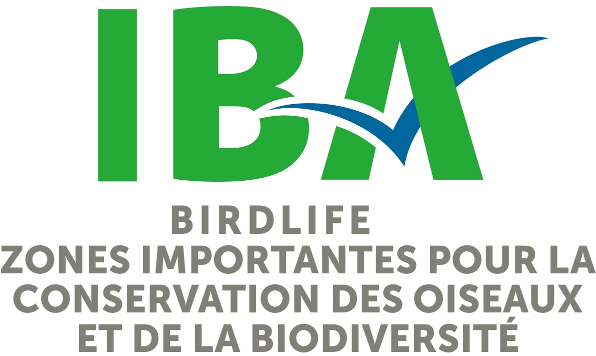Laskeek Bay (BC143)
Haida Gwaii, Colombie-Britannique
Description du site
Laskeek Bay is an expanse of water open to Hecate Strait on the east coast of Louise Island, and north of Lyell Island in Haida Gwaii. The IBA includes the islands of Skedans, Low, South Low, Limestone, Reef, Lost and Kingsway Rock, that lie within the broad boundaries of the bay. Reef Island is the largest of the islands, and is bordered by cliffs and steep slopes. Sitka Spruce is the dominant tree cover interspersed with Western Hemlock and cedar in the interior, and open stands of Lodgepole Pine. Reef Island is the primary nesting site in the bay for the globally significant population of Ancient Murrelets. The smaller islands in the bay range from generally flat to hilly with steep rocky gorges, and are sparsely forested, with a few open areas of grass and herbaceous vegetation around the perimeter. Hair Seals and Steller's Sea Lions use the islands of Laskeek Bay as haul out and breeding sites. Skedans and Reef Islands are favoured by the Steller Sea Lion.
The marine waters extending out of the bay in a 5 km radius from Reef Island into Hecate Strait are included in the IBA, as are the waters of the bay area that surround the islands. These marine waters provide important seasonal feeding and staging areas for marine birds, in particular the nationally threatened Marbled Murrelet.
Oiseaux
Colony inventories conducted in the early to mid 1980s provided an estimate of 6,500 pairs or 1.3% of the estimated global, and 2.5% of the national population of Ancient Murrelets. A recent survey in 1995 suggested an increase in the size of the colony on Reef Island, but not on nearby Limestone Island. At least four species of seabirds breed in nationally significant numbers on the bay islands. These are: Pigeon Guillemot (776 breeding pairs, or 7.6% of the estimated national population); Black Oystercatcher (30 pairs, or 3% of the estimated Canadian population); and Glaucous-winged Gull (341 pairs, or 1.2% of the national population). On sample transects, up to 445 Marbled Murrelets have been counted, representing 1% of this nationally threatened population. Fork-tailed Storm-Petrels are present in small colonies in the area, in numbers approaching national significance (1,480 pairs).
Cassin's Auklets, Pelagic Cormorants and Bald Eagles nest in small numbers on the bay islands, and Peregrine Falcons (ssp pealei) can also be found in the region.
Enjeux de conservation
Laskeek Bay falls within the K’uuna Gwaay Heritage Site/Conservancy, a Provincial Management Area. Other islands within this group are Crown Land, outside the boundaries of Gwaii Haanas National Park Reserve.
A constant threat facing the seabird colonies in Laskeek Bay is the spread of introduced predators such as raccoons, which are abundant on the larger islands of the archipelago such as Moresby and Louise Islands. From nearby Louise Island, raccoons spread onto the Limestone Islands, and their predation of the nesting Ancient Murrelet colony caused population declines.
Since 1990, the volunteer group Laskeek Bay Conservation Society, based in Haida Gwaii, has operated a field research station at East Limestone Island. This society conducts a long-term monitoring, research and interpretation programme in the Laskeek Bay area. A raccoon control programme has begun, along with annual monitoring of the impact of both introduced raccoons and red squirrels on island wildlife. Recently Reef Island has been the site of an experimental removal of deer (introduced to Haida Gwaii) to investigate the impact they have had on the vegetation of offshore islands in the archipelago.
Additional threats to the breeding seabirds in this bay are from potential oil spills, and possible disturbance from other boaters and other visitors to nearby Gwaii Haanas National Park Reserve.
Catégories ZICO Habitats Usages Menaces Potencielles ou Existantes Status de Protection

